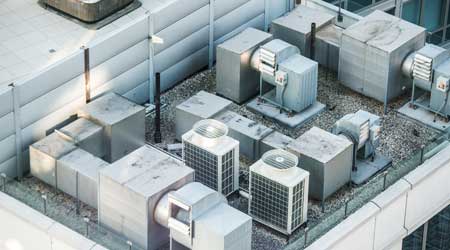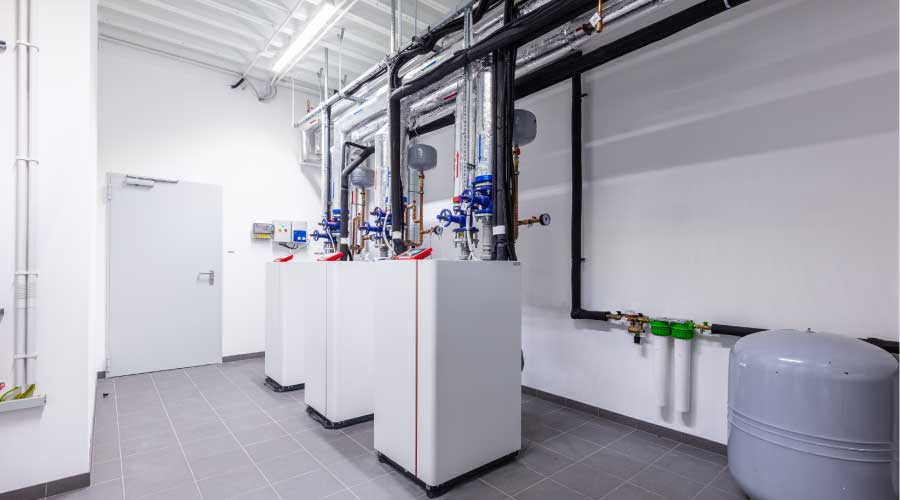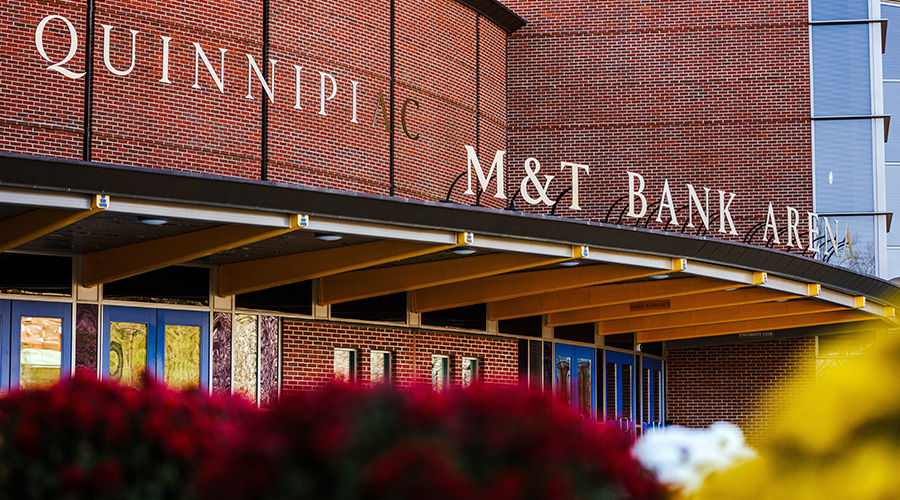HVAC Strategies to Slow Coronavirus Spread
Adequate ventilation and air filtration are crucial strategies in buildings to slow COVID-19.
The primary cause of COVID-19 transmission is direct exposure to airborne respiratory particles of the virus. The probability of contracting the virus in this way is significantly reduced when individuals abide by social distancing guidelines and accurately wear personal protective equipment (PPE). But when a facility has an inadequate ventilation system, the same air is continuously circulated and can potentially result in the re-suspension of COVID-19 particles.
As a result of poorly recycled air, virus particles can live longer on surfaces and can become airborne if they are disturbed. To ensure clean air circulates in a facility, managers need to ensure that technicians regularly monitor and update the HVAC system appropriately. The air filters commonly used in most facilities typically have a minimum efficiency reporting value (MERV). These filters are incapable of trapping smaller particles, including re-suspended virus droplets. HEPA filters can trap the smallest particles and are predominantly used in healthcare facilities, where the need for this level of filtration is greater.
Retrofitting a HVAC system to accommodate HEPA filters would be a major investment for non- healthcare facilities. Fortunately, managers have alternatives in trying to maximize indoor air quality. The most straightforward way to increase ventilation is to open windows, but this is not a viable option for certain facilities located in areas with high rates of outdoor air pollution or buildings that have permanently sealed windows.
Ventilation rates will improve when demand-controlled ventilation is deactivated and when minimum outdoor air dampers are fully opened. As a facility’s ventilation increases, it is important to simultaneously increase airflow to ensure the constant reintroduction of cleaner air. Facilities that lack the equipment required to enhance airflow can install variable speed fans.
Managers in many facilities are contending with variations in occupancy levels as operations expand and decrease in response to local limitations. As occupancy levels increase in a building, the possibility of COVID-19 particles accumulating also increases. The most effective strategy to prevent virus transmission is to limit the number of occupants. For buildings that cannot put restrictions on occupant capacity, technicians can put portable air purifiers in desired areas.
While managers planning upgrades of key areas of facilities must accommodate the expectations and demands of all parties, including executives, occupants and visitors, perhaps the most important goal of all is ensuring both public health and security.
Scott Lance, LEED AP O+M, is a project engineer with Horizon Engineering Associates, which specializes in building commissioning and energy analysis.
Related Topics:












